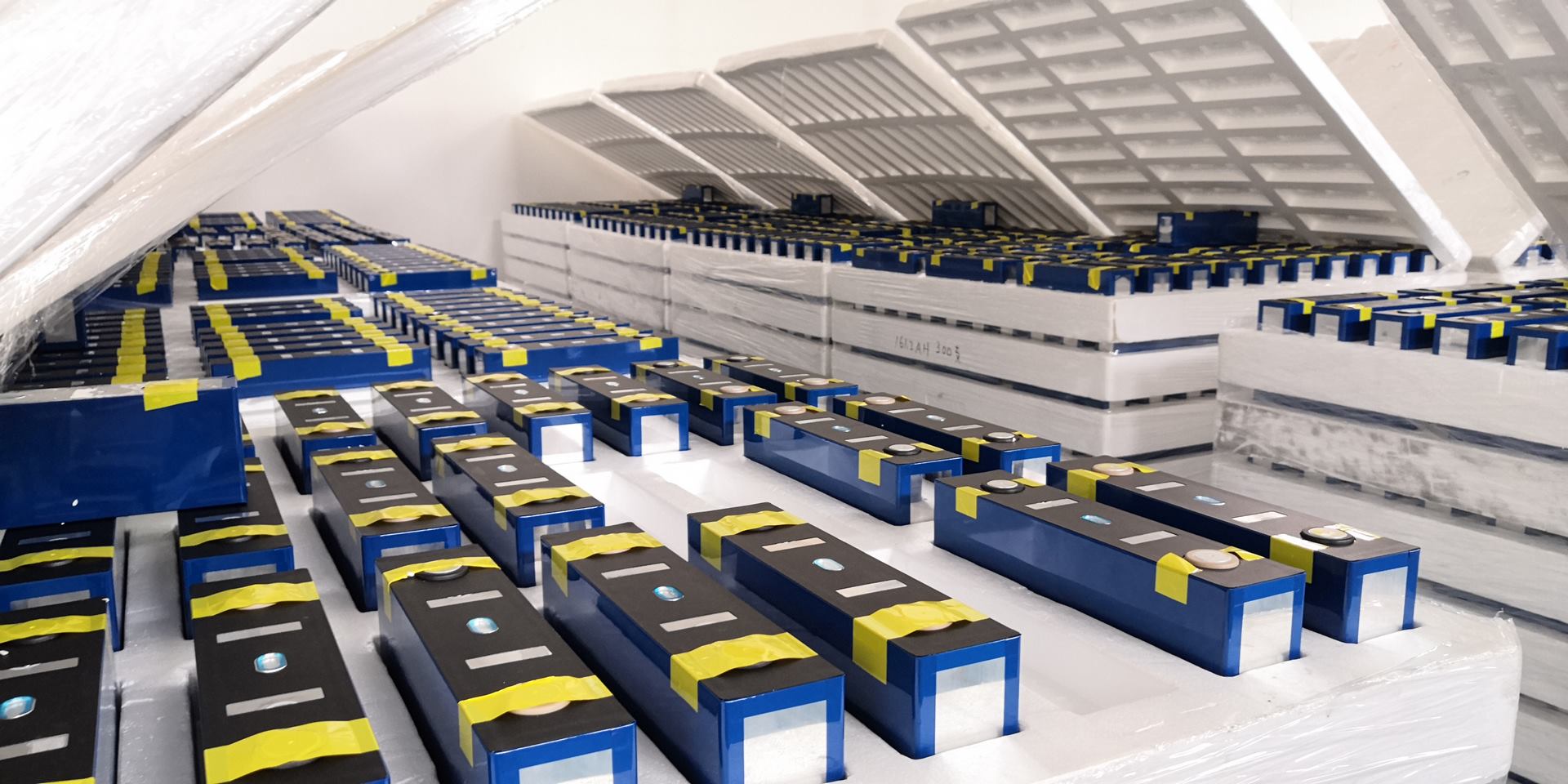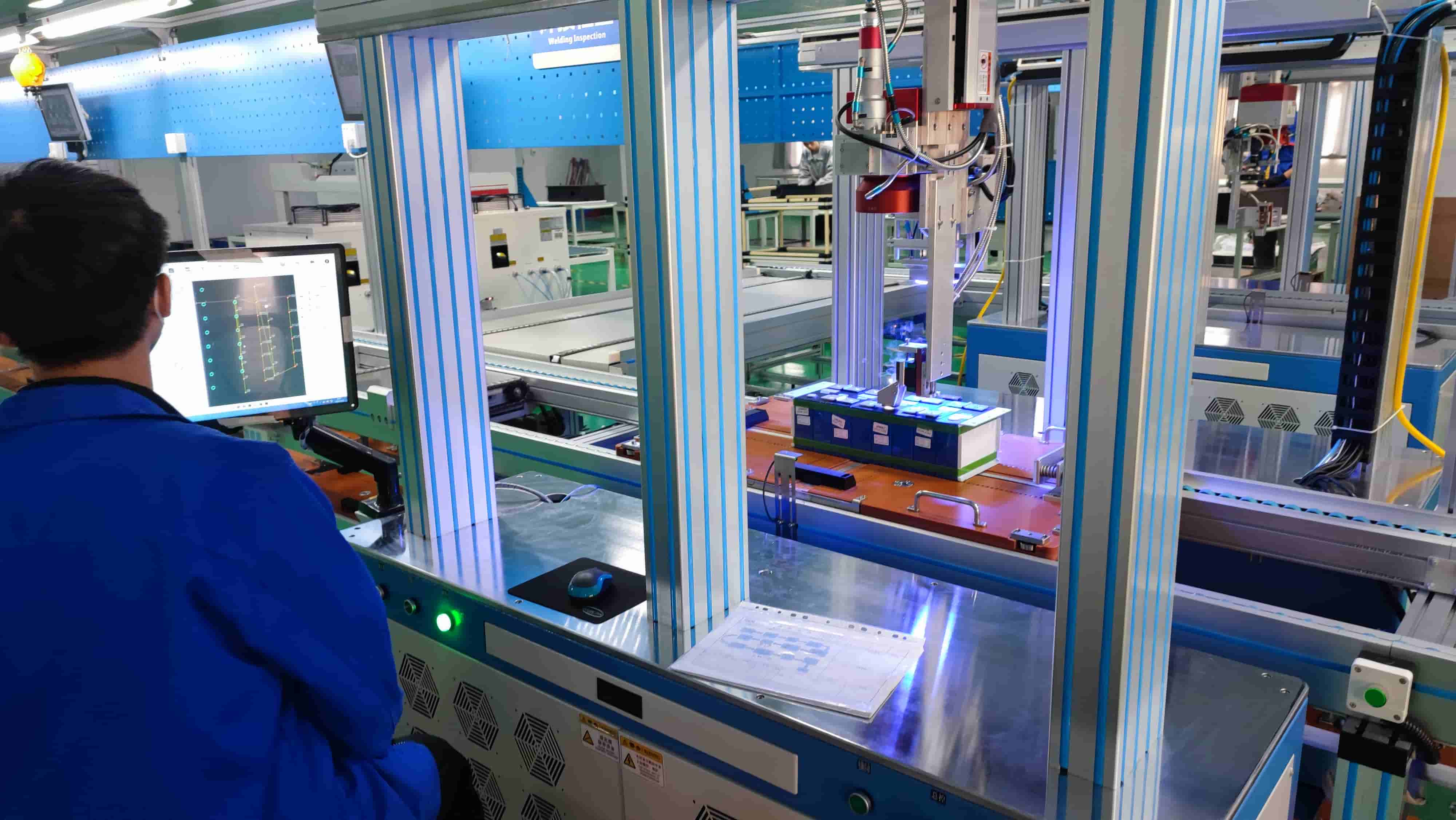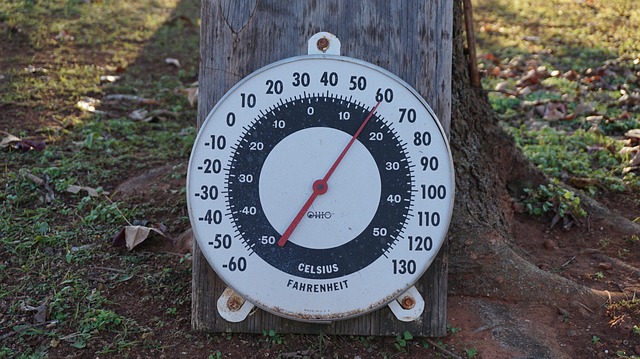Extending The Life Cycle Of Lifepo4 Battery: Best Practices

As the demand for renewable energy increases, so too does the need to extend the life cycle of LiFePO4 batteries. The benefits of this technology are clear: increased control over cost and long-term reliability. But managing these battery systems can be a complex endeavor, requiring careful planning and implementation of best practices in order to maximize their potential.
This article provides an overview of how to optimize performance throughout the entire life cycle of LiFePO4 battery systems; from design, installation and maintenance, through to end-of-life disposal. By juxtaposing engineering knowledge with operational experience, readers will gain insight into effective strategies that may ensure optimal returns on investment while also protecting our environment.
The key components of any successful LiFePO4 battery system are its design, installation and operation. To achieve maximum efficiency during each stage it is important to understand all aspects of construction and use in order to reduce risks associated with premature failure or damage due to environmental factors such as temperature extremes or prolonged exposure to moisture.
Even after initial deployment, it is possible for operators to further improve the system lifecycle by carefully monitoring usage patterns and identifying areas where additional optimization can be achieved through periodic maintenance activities such as cleaning contacts or replacing worn parts.
What Is Lifepo4 Battery?
Lithium Iron Phosphate, or LiFePO4, is an increasingly popular and powerful rechargeable battery technology. It offers a wide range of advantages over traditional lead-acid batteries including a longer life cycle, higher power density, improved safety and lower cost. LiFePO4 batteries are used in many applications such as electric vehicles, consumer electronics, medical equipment and solar energy storage systems.
Advantages Of Lifepo4 Batteries

With advances in technology and improved engineering, LiFePO4 is the go-to choice for many applications. It offers several benefits over traditional lead acid batteries that make it an attractive option:
- Longer Life Span - LiFePO4 can last up to three times longer than lead acid batteries making them ideal for long-term use with minimal maintenance
- High Efficiency - The high energy density enables these batteries to store more power per unit mass or volume compared to other rechargeable battery systems
- Safety - These are safer due to their chemical composition which is non-combustible and will not leak or corrode if damaged
- Lightweight - This type of battery system weighs significantly less than its counterparts while providing comparable performance
- Environmental Friendly - Because they contain no hazardous chemicals, LiFePO4 batteries are considered environmentally friendly
Overall, LiFePO4 stands out as the leading choice when it comes to extended battery life cycles for a variety of applications such as consumer electronics, industrial machines, vehicles and robotics. By taking proper care during installation and regular monitoring throughout its lifespan, users can reap the full benefits this advanced technology has to offer without any hassle. Despite being lightweight and compact in size, these batteries pack quite a punch when it comes to reliable energy storage; thus ensuring optimum performance at all times!
What Is Lifepo4 Battery Cycle Life?
Cycle life refers to the number of times a battery can undergo repeated charging and discharging. The battery life is inversely proportional to the capacity, and the cycle life is also closely related to the charging and discharging conditions.
Generally, the larger the charging current (the faster the charging rate), the shorter the cycle life. It is worth mentioning that the lifespan is an indicator of the rate at which the battery capacity declines and the decline in battery capacity is inevitable with the deepening of usage time.
LiFePO4 batteries are a popular choice for their long life cycle, which can provide up to 2000 cycles at 80% depth of discharge. The majority of LiFePO4 batteries produced today have an expected cycle life of around 2000-3000.

However, depending on the production technology, the high-quality lifepo4 battery has a much longer cycle life than ordinary batteries. For example, HARVEYPOW lifepo4 battery uses the world's top CATL battery, with a cycle life of up to 8,500 times and a designed service life of more than 25 years. It is a real "survivor". We are proud to provide customers with a battery warranty of up to 12 YEARS, just because of our confidence in product quality.
What Affects Lifepo4 Battery Cycle Life?
Many factors affect the life cycle of LiFePO4 batteries. Temperature, charge rate and depth of discharge are among the most important variables that influence battery life.
| Influence | Measure | |
|---|---|---|
| Temperatures | High temperatures can reduce capacity and cause permanent damage to cells, while low temperatures increase self-discharge and can lead to freezing in extreme cases | Keeping the temperature between 20°C - 30°C (68°F - 86°F). |
| Charge rate | It may cause an overheating, overcharging, short circuit and other phenomena, causing irreversible damage to the battery. | Avoiding fast charging above 1C rate. |
| Depth of discharge | It may lead to over-discharge, produce copper dendrites, and cause problems such as short circuits and failure of the battery. | Limiting depth of discharge below 80% |
| Maintenance | Unhealthy batteries, such as improper storage, internal imbalance of the battery, etc. will accelerate the damage to the battery life. | Regularly check whether the battery appearance, performance, etc. are in a healthy state. |
In addition to this, it is also not recommended to store them fully charged or fully discharged for an extended period of time, as both of these conditions will quickly shorten their lifespan. And always make sure to use a quality charger with temperature control, which can help prevent overcharging and other potential damage from improper storage conditions. Proper care of your LiFePO4 battery will allow it to provide reliable power throughout its lifetime.
How to Prolong the Life Cycle of Lifepo4 Battery?
(1) Charging & Discharging Practices
Charging and discharging practices are important for extending the life cycle of LiFePO4 batteries. To ensure maximum battery performance, it is critical to adhere to charging and discharging guidelines. The following table outlines recommended best practices when using LiFePO4 batteries:
| Practice | Description |
|---|---|
| Charging | Charge at 0.5C or lower; use a temperature-controlled charger. |
| Discharging | Do not discharge below 2V/cell; do not store a fully discharged battery. |
It is also essential to avoid overcharging or deep discharging the battery, as this can cause permanent damage and reduce its capacity. Temperature plays an important role in determining how efficiently the battery will charge, so keep temperatures between 15°C and 25°C during charging for optimal performance. Additionally, make sure that you periodically check your voltage levels to prevent over-discharge and undercharge conditions from occurring. Finally, be mindful of how many cycles the battery has gone through before replacing it - always follow manufacturer instructions regarding cycle counts for optimum results.
(2) Temperature Considerations

The temperature of the environment that a LiFePO4 battery is in can have significant effects on its life cycle. As temperatures rise and fall, so does the effectiveness and longevity of the battery. For this reason, optimal temperature conditions need to be maintained if extending the life cycle of a LiFePO4 battery is desired:
- Maintain an ambient temperature between 0°C - 40°C for best performance.
- Avoid high-temperature environments by storing batteries away from sources of heat such as direct sunlight or hot surfaces.
- When charging your LiFePO4 battery, do not exceed 45°C doing so will reduce its useful lifetime significantly.
- Ensure to keep some distance between batteries when they are stored together; allowing air circulation around them helps maintain ideal temperatures.
When it comes to temperature control, prevention is always better than cure any sudden changes or extremes must be avoided at all costs in order to achieve long-term success with a LiFePO4 battery. Regular maintenance checks should also be done periodically in order to ensure that optimal temperatures are being met throughout their use. By following these practices, users can confidently expect improved performance and extended lifespan from their LiFePO4 batteries.
(3) Maintenance Tips
The maintenance of LiFePO4 batteries is essential for extending their life cycle and ensuring optimum performance. Proper care and regular inspection can prevent expensive repairs or replacements in the future. The following tips are recommended for maintaining a healthy battery:
| Tips | Measure |
|---|---|
| Keep terminals clean | It is important to keep the terminals clean, as dirt buildup may cause corrosion which could lead to dangerous electrical shorts. |
| Check electrolyte levels | To ensure proper functioning, check the electrolyte level often; it should be between 101 - 107mm above plate tops on sealed batteries. |
| Inspect cables and wires | Inspect all battery connections and cable/wires periodically to make sure they're not loose or corroded. |
| Test battery voltage regularly | test the battery's voltage regularly with a voltmeter to determine its condition and identify any signs of trouble early, allowing for preventive measures if necessary. |
Through routine maintenance such as these tasks, one can drastically reduce the risk of premature failure due to neglect or improper handling resulting in an extended life cycle that provides years of reliable service while maximizing investment return.
(4) Storage And Transportation Options
The proper storage and transportation of LiFePO4 batteries are essential to extending their life cycle. To ensure the longevity of these cells, one should adhere to certain best practices.
Firstly, it is important that the temperature at which a cell is stored or transported does not exceed 70°C (158°F). This can be achieved by utilizing insulated shipping containers and climate-controlled environments for long-term storage. In addition, protective packaging materials should also be used when sending LiFePO4 batteries via mail or freight services as they may easily absorb shock and vibrations during transport.
Furthermore, there are several measures that can be taken in order to extend the shelf-life of a battery:
- Minimizing charge: Ideally, storing lithium ion cells at a 40-50% state of charge will help maximize their lifespan; this means keeping them partially charged rather than a full discharge. Additionally, avoiding overcharging beyond 100% SoC would reduce stress on the battery and thus increase its overall health.
- Maintaining optimal voltage: The voltage level should remain between 3V/cell minimum and 4V/cell maximum while idle; this range ensures good performance with minimal damage caused due to self-discharge.
In addition to the above points, it must also be noted that all types of LiFePO4 batteries have an expiration date after which they need to be replaced regardless of how well they are maintained under ideal conditions; this expiry typically occurs within two years from manufacture depending on quality and usage patterns. Therefore, regular maintenance checks should take place in order to prevent any unexpected issues arising from expired batteries. Overall, following these steps can greatly contribute towards extending the life cycle of Lifepo4 batteries and result in cost savings over time.
(5) Voltage Management Strategies
Voltage management is a key factor in extending the lifespan of LiFePO4 batteries. To maximize battery life and performance, the voltage should be managed to ensure that charging and discharging does not exceed specific voltage thresholds. When used within these parameters, LiFePO4 batteries can offer excellent cycle life with minimal capacity that fades over time.
(6) Material Selection Criteria
When it comes to extending the life cycle of LiFePO4 batteries, material selection plays a critical role. According to recent studies, over 80% of battery failure results from incorrect material choices during manufacturing processes. This underscores the importance of choosing materials that are capable of withstanding challenging environmental conditions for extended periods without compromising performance or safety.
In order to make an informed decision about selecting materials for LiFePO4 batteries, manufacturers must consider three essential factors: thermal stability, corrosion resistance and electrical properties.
- Thermal stability: Determines how well components can withstand extreme temperatures while still maintaining their structural integrity.
- Corrosion resistance: Ensures that any exposed metal parts will not corrode when subjected to moisture or other corrosive elements in the air.
- Electrical properties: Refers to how well components conduct electricity through them safely and reliably over time.
By taking into account each of these criteria when selecting materials for LiFePO4 battery construction, manufacturers can ensure they produce durable products that provide reliable energy storage solutions for many years down the road. With careful consideration given towards material choice on the part of both designers and producers alike, one can successfully extend the lifespan of LiFePO4 batteries and reduce maintenance costs significantly.
(7) Battery Pack System Analysis
Battery pack system analysis comprises a wide range of activities, from the selection of components to the design of power delivery systems. To extend the life cycle of LiFePO4 batteries, it is essential to assess battery performance and reliability in relation to different parameters such as temperature, current capacity, voltage stability, impedance characteristics and internal resistance.
The status and performance of the battery can be monitored with one click by installing the BMS system, and it will intelligently balance the operating status of all batteries to improve the efficiency and safety of battery operation, thereby prolonging the service life of the battery.
(8) Performance Testing Methods
Performance testing methods are essential when attempting to extend the life cycle of LiFePO4 batteries. Like a marathon runner stretching before the race, it is important to properly test and analyze battery performance in order to reach peak performance efficiency.
| Method | Purpose |
|---|---|
| Capacity Testing | Alters current discharge rate by measuring capacity changes through time (Ah) |
| Resistance Testing | Tests conduction across cells and reflects internal cell breakdowns (mOhms) |
| Voltage Testing/Balance Charging | Compares individual cell voltages during charge & discharge cycles; balances voltage between all cells for optimization (V) |
When examining LiFePO4 battery performance, these three tests must be conducted regularly throughout the entirety of its lifespan. This systematic approach allows engineers to assess how well the battery performs over time and identify any potential issues early on that could lead to premature failure or reduced power output. Furthermore, this type of analysis provides insight into the chemistry of the battery and helps researchers better understand how they can improve upon existing technology and prolong lifecycles even further. With such data, optimizations can be made to extend longevity while also increasing user safety and satisfaction.
It is clear that proper testing holds immense value when trying to maximize LiFePO4 battery life cycles. With an understanding of these techniques and their importance, users can ensure their devices remain operational for as long as possible without compromising quality or reliability.
(9) Aging Effects On Lifepo4 Batteries
The performance of LiFePO4 batteries can be affected by aging. Aging is an inevitable process in which the battery's capacity and energy output gradually decreases over time. It is important to understand how this affects the life cycle of a LiFePO4 battery and take steps to minimize its effects.
The process also includes testing procedures where samples are subjected to accelerated aging tests in order to determine how they will perform under real-world scenarios. This type of test ensures that safety aspects related to the use and storage of the battery have been duly addressed in accordance with the relevant standards set out by regulatory bodies.
Moreover, periodic maintenance checks should be carried out on all parts of the system including connections, terminals and cables in order to ensure optimum performance throughout its lifetime. By taking these steps into account, users can effectively avoid premature failure due to age-related deterioration or wear & tear caused by misuse.
(10) Safety Measures For Usage
A recent survey found that about 40% of people who use LiFePO4 batteries are unaware of the safety measures required for their care and maintenance. While following these precautions can help extend the life cycle of a battery, neglecting them can lead to serious damage or even death in certain cases. To minimize risk and ensure you get the most out of your battery, here are some best practices:
- Avoid charging at temperatures below 0°C (32°F) and above 45°C (113°F). These conditions create strain on the battery cells due to thermal expansion/contraction leading to reduced performance over time.
- Keep an eye on your charge levels by using a proper charger with current/voltage monitoring capabilities or voltage-based fuel gauges. Overcharging results in decreased capacity and eventually shortened lifecycles.
- Monitor your temperature readings periodically as high internal temperatures reduce overall efficiency and cause accelerated degradation over time.
- Ensure adequate air circulation around your battery when it’s being used, especially in confined spaces like cabinets and drawers where heat may accumulate quickly.
Failure to adhere to these safety rules puts users at risk of equipment malfunctions or short circuits which could result in fires or explosions from overheating lifepo4 batteries. When disposing of old LiFePO4 batteries, make sure they are completely discharged before handing them over for recycling; this will prevent any hazardous occurrences during transportation or storage procedures later on.

By taking all necessary precautions while handling LiFePO4 batteries safely, you can extend their lifecycle significantly and maximize their usability throughout their lifetime.
Conclusion
The LiFePO4 battery is an increasingly popular choice for many applications. Its cycle life, when properly managed and maintained, can provide significant cost savings in the long run. To extend the lifecycle of such batteries, it is important to understand their performance characteristics and aging effects. By understanding how these factors interact with each other, one can develop strategies to maximize the useful lifespan of LiFePO4 packs.
Performance testing methods are essential tools in any investigation into extending the lifecycle of LiFePO4 batteries; they allow us to gain insight into whether or not our efforts have been successful. Battery pack system analysis should also be conducted in order to find areas where improvement may be possible. Lastly, safety measures must always be taken when using lithium-ion batteries as improper use could lead to dangerous consequences.
It has often been said that prevention is better than cure and this certainly applies here. With careful attention paid to maintenance, performance metrics and safety protocols, we can ensure that our LiFePo4 batteries will reach their full potential lifespan - like a well-oiled machine!
Where to Find the Best LiFePO4 Batteries
HARVEYPOW has 68 senior technical engineers, using the best quality lifepo4 cells to build a high-end solar energy storage system, with a cycle rate of up to 8500 times and 90% DOD, which will at least meet your power supply needs for the next 25 years.
Before each product is shipped, an all-around quality inspection will be conducted twice, and the test record sheet will be kept and handed over to the customer. In addition to that, HARVEYPOW also offers a 12-Year Warranty plan, no need to worry! Let quality and service break all obstacles.
Please feel free to leave a message or email us, whatever you want to know, we will always be here to help you.
